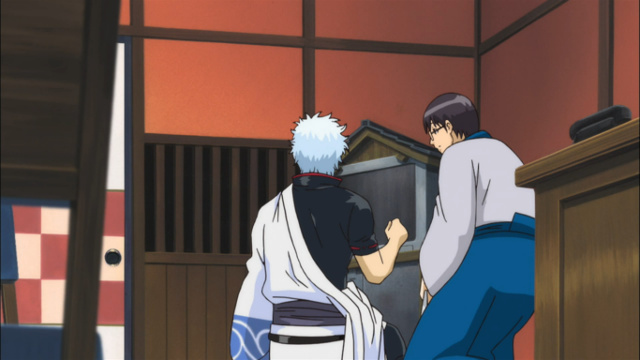
This is mainly a thought process post. I’m not going to present a list of which TV anime series I believe should be included in a “modern” canon but rather I’m trying to flesh out what criteria I would use in making a potential collection of titles.
Initially I thought the main qualifying factor could be whether a TV anime premiered during the high-definition/widescreen broadcast era. One problem with using that standard is figuring out when such an era began in Japan: would it start with the first time an anime series aired in widescreen (around 2000/2001) or when high-definition broadcasts became commonplace?
Among the first to use a 16:9 aspect ratio were those premiering on satellite channels, such as Mahoromatic (2001), .hack//SIGN (2002) and Chobits (2002). However, there were many series that debuted after 2001 on various stations and were broadcast in 4:3 aspect ratio including Fullmetal Alchemist (2003-04), School Rumble (2004-05), Eureka Seven (2005-06) and Ouran High School Host Club (2006), just to name a few.
Series broadcast on terrestrial network TV Tokyo seemed to lag behind some of their contemporaries in terms of being presented in high-definition and widescreen. Some examples:
– Yakitate Japan aired from Oct. 2004 to Mar. 2006 in 4:3
– Naruto: Shippuden began with 4:3 episodes on Feb. 15, 2007 & switched to 16:9 starting on episode 54 (Apr. 3, 2008)
– Bleach was in 4:3 for its first 167 episodes (Oct. 15, 2004-Apr. 16, 2008) & switched to 16:9 starting with ep 168 (Apr. 23, 2008)
– the Pokemon franchise’s first 16:9 episode was during Diamond and Pearl (“The Lonely Snover!”, April 2, 2009)
– the first series of Gintama (2006-2010) was in 4:3; the second series (beginning with ep 202) was the start of its widescreen production.
Another method of classifying as a TV anime series as “modern” might be whether it was produced using digital animation production. A particular animation method may be a little more difficult to determine than its aspect ratio, especially during the early 2000s as productions transitioned away from cels.
I suppose yet another way would be to simply say anything that aired in 2000 and after is “modern” compared to what came before that point but that feels like lazy and somewhat arbitrary thinking to me.
Like I said at the beginning of this post, I’m not trying to assemble a canon of “modern” TV anime to be argued or debated. Feel free to make comments or even a response post, though, about series you’d recommend putting into such a list based on your own definition of what a “modern” anime is.

Saying something aired after a certain date is modern isn’t the lazy way, it’s the correct one. By definition, being modern requires relating to the present or recent times as opposed to the remote past. Your first two criteria make no sense because, as you have pointed out, they would lead to instances where older anime are considered more modern than their newer counterparts, which totally goes against the meaning of the word.
You’re right – looking back, I was more focused on the technological factors (broadcast format, animation production) than the more traditional temporal one. I guess I started off with HD/widescreen stuff in mind but then came up with counterexamples as I was writing the post.
So what would be your starting point for “modern” anime?